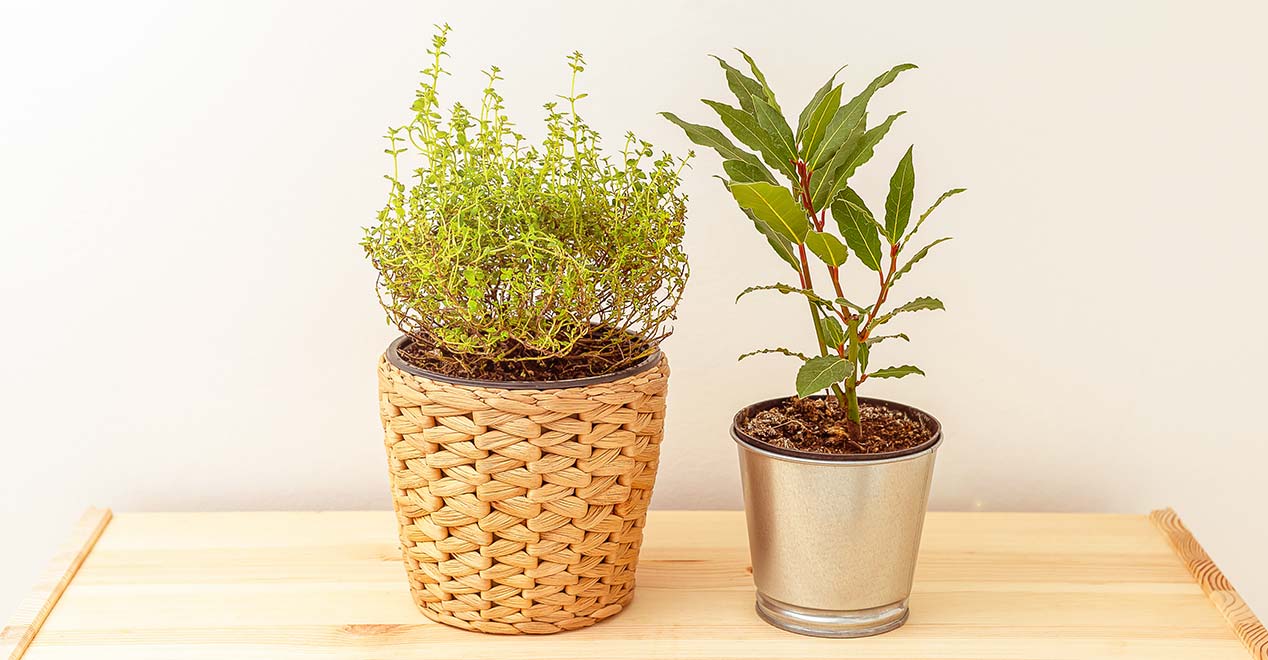Are you dreaming of adding a touch of green to your indoor spaces, or perhaps elevating your culinary creations with fresh herbs straight from your own mini garden? Starting an indoor herb garden is not just fulfilling; it's also surprisingly simple, even if you don't consider yourself blessed with a green thumb. In this comprehensive guide, we'll walk you through everything you need to know to create your own lush, fragrant indoor herb garden.
Why Start an Indoor Herb Garden?
Before we dive into the "how," let's talk about the "why." Indoor herb gardens offer a myriad of benefits. For starters, they're a source of fresh herbs all year round, which means you can enjoy the taste of summer even in the depths of winter. They also purify the air, brighten up your living spaces, and can even contribute to reducing stress and improving mental health. Plus, they're incredibly convenient—imagine having fresh basil, mint, or cilantro at your fingertips whenever you need them!
Choosing the Right Herbs
Not all herbs are created equal, especially when it comes to indoor gardening. Some herbs thrive indoors better than others, thanks to their tolerance for the typical conditions of an indoor environment. Good options for beginners include basil, mint, chives, oregano, parsley, and thyme. These herbs generally require less sunlight and are more forgiving if you occasionally forget to water them.
Finding the Perfect Spot
Light is a crucial factor for your indoor herb garden. Most herbs need about six to eight hours of sunlight per day. A windowsill facing south or west is ideal, but if natural light is limited in your home, don't fret. Grow lights are a great alternative, mimicking natural sunlight to help your herbs thrive.
Containers and Soil
When it comes to containers, ensure they have good drainage to prevent overwatering, which can lead to root rot. You can use almost anything as a container—traditional pots, mason jars, or even recycled containers, as long as they have drainage holes. As for soil, opt for a high-quality potting mix that's designed for indoor plants. This will provide your herbs with the right nutrients and drainage they need to flourish.
Planting Your Herbs
You can start your indoor herb garden with seeds or small plants. Starting with seeds is more economical, but it requires more time and patience. If you're eager to get started, small plants can give you a head start. When planting, ensure each herb has enough space to grow. Overcrowding can lead to poor air circulation, which can foster mold and disease.
Watering and Feeding
The key to watering your indoor herbs is consistency. The soil should be kept moist but not waterlogged. Overwatering is a common mistake, so make sure to check the soil's moisture level before watering. A general rule of thumb is to water when the top inch of soil feels dry to the touch. Feeding your herbs with a balanced, water-soluble fertilizer every few weeks will help them grow lush and healthy.
Pruning and Harvesting
Regular pruning is beneficial for herbs, encouraging them to become fuller and bushier. When you harvest your herbs, cut only about one-third of the branches at a time. This way, the plant remains healthy and continues to produce. Plus, regular harvesting ensures that your herbs are always fresh and ready for your culinary adventures.
Troubleshooting Common Problems
Even with the best care, you might encounter a few hiccups along the way. If your herbs aren't thriving, consider these common issues:
- Lack of light: If your herbs are leggy or pale, they might not be getting enough light. Consider moving them closer to a window or investing in a grow light.
- Overwatering: Yellow leaves can be a sign of overwatering. Let the soil dry out a bit more between waterings.
- Pests: Keep an eye out for common pests like aphids or spider mites. A gentle spray of water or neem oil can help keep them at bay.
Enjoying Your Harvest
Now that you've put in the hard work, it's time to enjoy the fruits of your labor. Fresh herbs can elevate any dish, from a simple salad to a gourmet pasta. Experiment with different flavors and combinations, and don't be afraid to try new recipes that showcase your homegrown herbs.
Final Thoughts
Starting an indoor herb garden is a rewarding endeavor that brings beauty, flavor, and a touch of nature into your home. With a little bit of care and attention, you can enjoy a bountiful harvest of fresh herbs throughout the year. So why wait? Start planning your indoor herb garden today and discover the joy of growing your own food, right on your windowsill.
This guide is a starting point for anyone looking to bring the magic of an indoor herb garden into their home. Whether you're a seasoned gardener or a complete novice, the satisfaction of nurturing your plants and using your own herbs in your cooking is unparalleled. Happy gardening!
